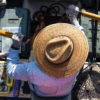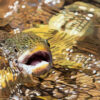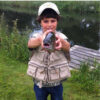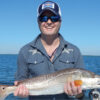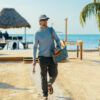New Outdoor Participants Give Industry the Opportunity to Grow and Diversify
When the pandemic and its viral insult first disrupted our lives, I noticed more people on trout streams and bike trails. I decided to upgrade my mountain bike and discovered a six-month waiting list to buy one, so I paid my deposit and waited my turn. In the meantime, the turnaround on repairs for my old bike and my sons’ bikes took eight weeks. Fly rods, reels and other equipment were on back order. Hunting and fishing guides were booked. E-commerce flourished, but many outdoor recreational goods were out of stock.
Anecdotally, friends of mine and of this publication communicated similar experiences. During a time of COVID-19 restrictions, it became clear that more Americans were turning to the outdoors—some for the first time. There was a trend, and the stories I heard and shared fell in line with industry findings.
“Throughout this pandemic, outdoor recreation has been a cornerstone of American life,” said Lise Aangeenbrug, Outdoor Industry Association (OIA) executive director. “As stay-at-home orders forced people to adapt their lifestyles, new groups of people, including more women, more urban-dwellers and more minority populations turned to the outdoors as a place for recreation and refuge. Declines in indirect spending like dining out, air travel and hotel stays may have impacted our industry’s output, but we saw a significant uptick in outdoor recreation participation. At a time when people needed an outlet for social connection and physical activity, the outdoors was there to provide countless mental and physical health benefits.”
Last year, the OIA commissioned a research study to better understand new outdoor participants so the industry can find ways to increase retention as pandemic restrictions are lifted. Overall, the report revealed that outdoor activities are a cost-effective antidote that helps bring kids, families and communities together. These activities can also be powerful ways to make long-term positive life changes.
For instance, more than 60 percent of those surveyed who started or resumed walking, bicycling, fishing or jogging said they intend to do so once restrictions end. In addition, the pandemic attracted more diverse outdoor participants compared to those surveyed in 2019. Fifty-eight percent surveyed are more likely to be female versus 49 percent in 2019. Participants are also younger—45 years versus 54 years—slightly more ethnically diverse and more likely to live in urban areas.
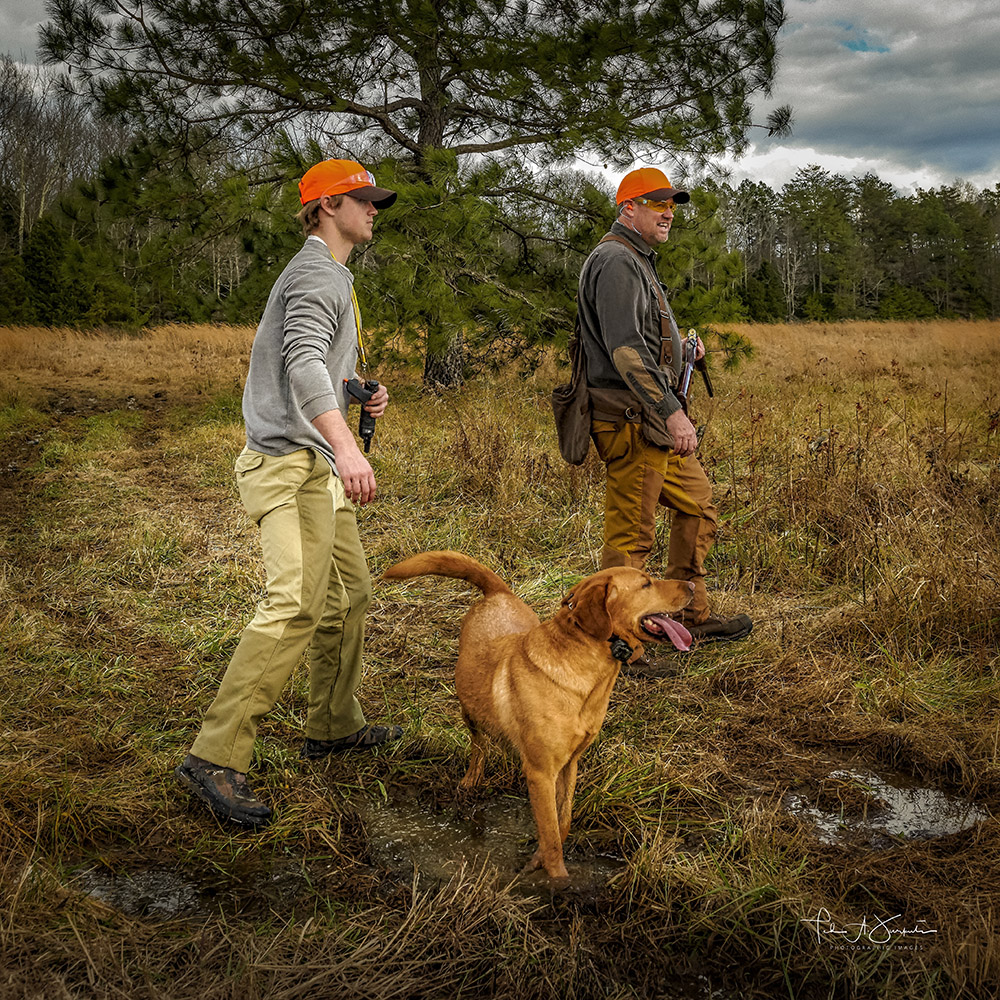
“As we look forward, it’s clear the outdoors will be an important part of America’s economic future,” Aangeenbrug added. “Many OIA member companies had exceptionally strong sales over the past year, pointing to how increased participation and newfound respect for the outdoors is putting the outdoor industry on a path toward continued success. Further, lawmakers have introduced new legislation to expand access to the outdoors and invest in climate resiliency, positioning the outdoor industry to continue to grow, create new jobs and contribute to the national economy. Together, the outdoor industry is a force, and OIA is determined to ensure our industry and the outdoors will thrive for years to come.”
Here in Virginia, popular outdoor sporting retailers noticed these trends and adjusted business practices to accommodate—and hopefully retain—the influx of participants.
“Since the pandemic began, our store has seen a surge in the number of people who’ve been introduced and reintroduced to the outdoors at a pace we’ve never seen before,” said Green Top Sporting Goods President and CEO Blaine Altaffer. “Retail is a hard business during normal times, and COVID-19 presented challenges, but the pandemic forced us to innovate. We got better and tightened up the business. Customers adapted too, and some began picking up their purchases in the parking lots. Easy-to-use QR codes and other no-touch technologies popular among customers built new muscles that continue to get stronger at Green Top.”

Green Top has been locally owned and operated in Ashland since 1947 and is a Virginia institution. The store’s employee family of hunters, anglers and firearms experts is known for helpful advice and unparalleled know-how, and Green Top offers lifetime support for every product it sells.
“We’ve definitely seen an uptick in hunting and fishing customers,” Altaffer added. “Even archery, which has been dormant for years, has enjoyed a resurgence in our store. Fishing and biking are other great examples. Newbies and others reintroduced to sports weren’t going to just dust the rust off their equipment—they wanted new gear and bikes. And we’re seeing more families, women and kids in the mix.”
Numbers early on in the pandemic from the Virginia Department of Wildlife Resources revealed that 159,477 resident hunting licenses were sold in Virginia between Jan. 1 through Sept. 30, 2020, compared to 144,880 during the same timeframe in 2019. Resident fishing licenses sold during the same period also grew to 445,363—up form 388,669 sold during the prior year and period.
Public Lands, the new outdoor specialty store concept from DICK’S Sporting Goods, opened its first store in Pittsburgh, Pa., last year and recently opened another store in Charlottesville. Public Lands is focused on outdoor and active lifestyle gear and apparel and is committed to celebrating and protecting public lands for all.
“I believe growing interest and participation in the outdoors existed before COVID-19, and this trend accelerated during the pandemic,” said Public Lands President and DICK’s Sporting Goods SVP Todd Spaletto. “The outdoors is culturally inclusive by nature, and we want our stores to be inclusive too. Buying outdoor gear can be intimidating, and I believe historically some people may have felt unqualified to shop for these items in stores. Public Lands is a warm, welcoming store, and I believe we’ve lowered the barrier to entry for some people. Plus, we’ll teach you how to pitch a tent in the store before you buy it, or you can rent one. We’ll fix your bike, but we’ll teach you how to fix it too so you can maintain your investment yourself. Public Lands also offers 30 classes a month—everything from fly tying to climbing and more.”
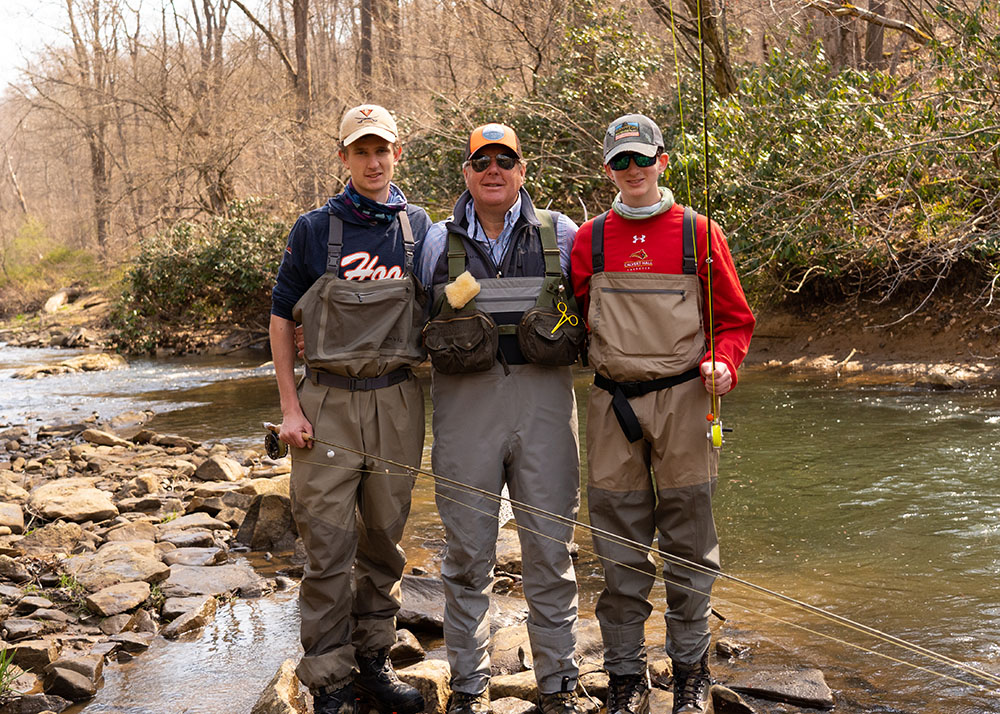
The company created The Public Lands Fund to support local and national initiatives that protect new lands and improve existing lands. The fund is also intended to break down the barriers of access to outdoor experiences and improve inclusion and equity in the outdoors.
“I’ve worked in the outdoor industry for more than 25 years, and we used to put people into two buckets: you’re either core or cool,” Spaletto said. “Core people can survive in the woods for weeks and are hardcore about their outdoors pursuits. The cool set have the best gear and clothes, but they’re posers. That’s not true anymore. People we’re seeing outdoors and in our stores are true to the activity—and they care about how they look. They have a deep respect for technologically legitimate gear, but they also want a style-forward aesthetic. We’re filling that white space as more people embrace the outdoors for its highly physical and emotionally restorative benefits.”
The outdoors offers a balance to the digital world and brings people together, Spaletto added. But it’s also beautiful and creatively inspiring. Instagram is visual, and photography and video are great formats to celebrate the outdoors and sporting life—especially if you capture moments firsthand with your smartphone.
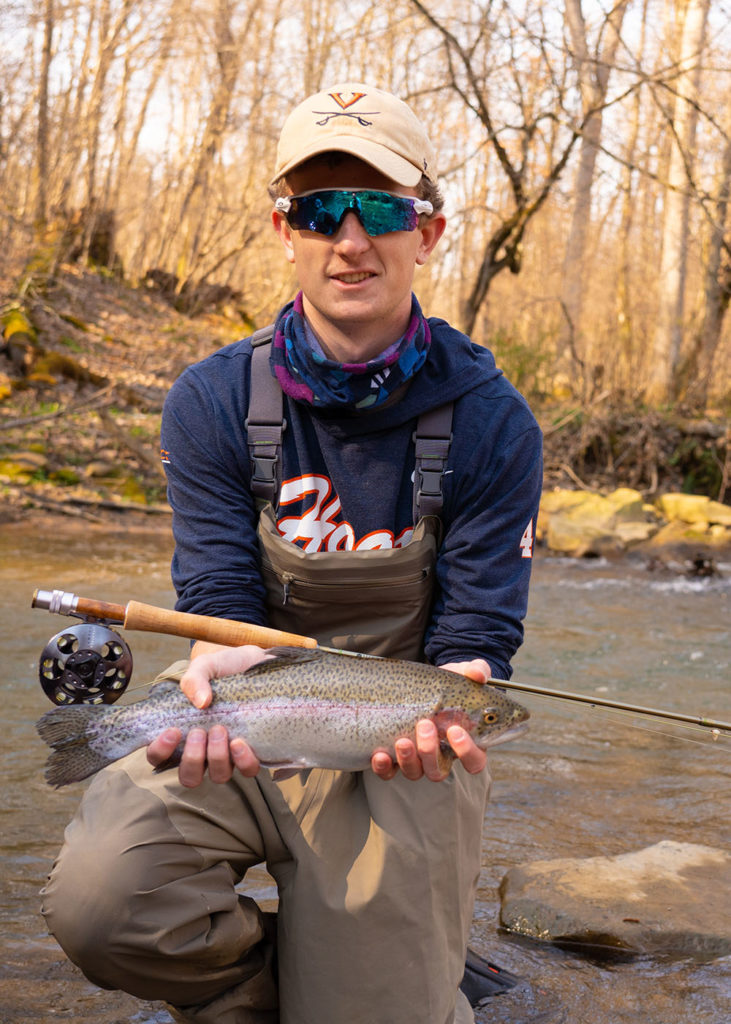
While the great outdoors may have been an afterthought for some before COVID-19, a larger and more diverse group of people have quickly discovered that it offers us a place of refuge during a time of need. More than ever before, we now understand the outdoors is special. It is a place where we can heal, create memories and learn new skills. It gives us a venue where we can connect with family, friends and nature. It’s a nice break from the digital world, even if you decide to celebrate its wonders digitally.
I’m sure there’s much more we will learn by doing what we love out there—whether it’s hunting or fishing, biking or birdwatching. Pick your pursuits; your health and ongoing education awaits.
Joe Shields is the editor in chief of The Virginia Sportsman. He is a writer and a communications executive based in Charlottesville, Virginia. His writing and photography have appeared in The Virginia Sportsman and other publications. He is also an award-winning, gallery-represented artist whose work is found in private collections and galleries. Whether fly fishing or surfing, drawing or painting, he celebrates sporting life and culture in his narratives and art.







